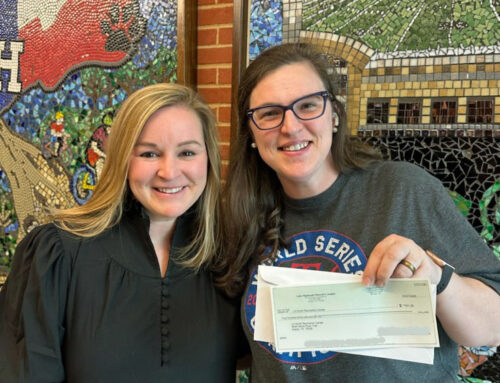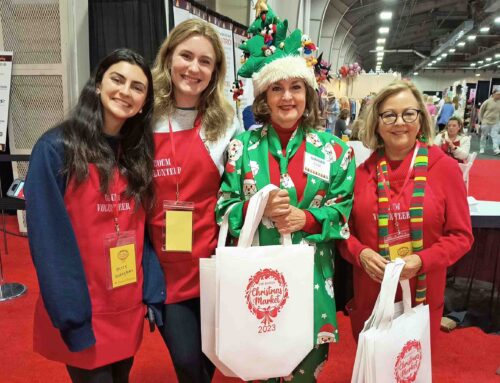This column will reach your eyes between two sweet times. The way print schedules work, I am writing this in the days after handing out Almond Joys on Halloween. You are reading this in the days when dreams of sugarplums are dancing in children’s heads.
Halloween and Christmas form odd bookends in the holiday season. Some rightly argue that Halloween doesn’t even qualify as a holy-day at all, since its roots are pagan and themes of death and ghosts and goblins pervade. Christmas started out as a pagan feast as well, however – a Roman holiday celebrating the rebirth of the sun. It didn’t take much water for the early church to baptize that into a celebration of the birth of the Son. (Of course, it took baptism by immersion to drown the paganism that persisted. Sorry, an irresistable Baptist moment there.) But even Halloween has undergone such Christianizing. While it was never added to the liturgical calendar, locating All Saints’ Day on Nov. 1 is a clue that the church faces the primal fears of death with the faith that comes through the resurrection of Jesus Christ and the promise of eternal life in him.
Gift giving shows up in both Halloween and Christmas traditions. Holiday treats mark both events. The Christmas story, however, teaches me more about my attitude toward trick-or-treating than the other way round.
Wherever I have lived on Oct. 31, the costumed clientele that shows up at my door is a diverse group of beggars. To be sure, I can pick out the preschooler up the street dressed as Ariel from the Little Mermaid. And I know the fourth-grade boy down the block despite his Darth Vader disguise. But what used to bother me and doesn’t anymore are the cars that pull up from outside the neighborhood, dropping off kids to collect better booty than they would find on their own block. This transgression of boundaries (ethnic, let’s be frank, as much as geographic) trespasses on our efforts at social engineering. We arrange our lives purposefully to be among “people like us.” This practice of deliberate candy poaching breaks our unspoken decorum of who belongs where and what belongs to whom.
Good. I need that.
The birth of Jesus brought unlikely visitors to the nativity scene. Not only were there plenty of domestic animals that felt right at home alongside the holy child, there were shepherds and Magi, too. The shepherds would have been as unwelcome in that “stable” as the little rascals that found their way to my shelter scavenging for Sweet Tarts.
The whole history of Jesus being born in a stable is more myth than fact. Baby Jesus’ stable-nursery in Bethlehem was likely the ground floor of a typical adobe family house. The animals lay there at night for protection and as a home heating system for the humans sleeping on the floor upstairs. Shepherds who abided in the fields keeping watch over their flocks by night smelled like sheep by the time they came to town. Hard to picture the Virgin Mother passing her newborn around to these visitors for a look-see.
The wise men would have been equally out of place. Bethelehem was a working-class town. They would have been overdressed in their elaborate eastern costumes. And don’t you think Joseph might have worried and how he would protect that gold, frankincense and myrrh all the way back to Nazareth?
When Halloween comes along nowadays and an unlikely cast of characters shows up to celebrate the night, I consider it more hallowed because they are there – because of those that came upon a midnight clear following yonder star so long ago.





